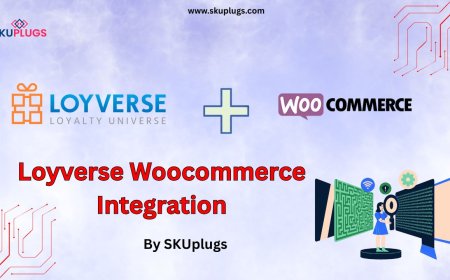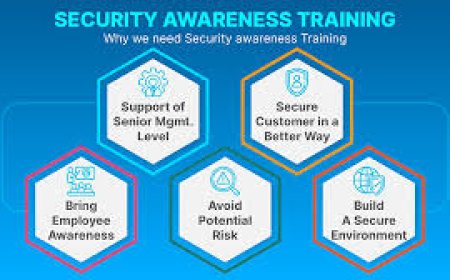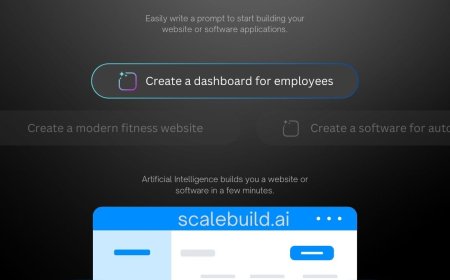Volunteer Management System: Blueprint for Nonprofit Success in 2025
Volunteer Management System: Blueprint for Nonprofit Success in 2025
In an increasingly dynamic nonprofit ecosystem, the ability to engage, manage, and retain volunteers has evolved from a logistical need into a strategic imperative. At the heart of this evolution lies one powerful tool: the Volunteer Management System. Designed to streamline operations, enhance engagement, and create measurable impact, a volunteer management system is no longer just a digital filing cabinetit is a comprehensive ecosystem that empowers mission-driven organizations to do more, better, and faster.
Implementing such a system, however, is not merely about adopting new technology. Its about initiating a cultural and operational shift. As nonprofits brace for the challenges of 2025 and beyondranging from resource scarcity to digital transformationthe adoption of a volunteer management system is the bridge between reactive efforts and strategic foresight.
Lets take a deep dive into what makes the implementation of a volunteer management system truly transformative, drawing insights from real-world use cases and practical frameworks.
Understanding the Core Purpose of a Volunteer Management System
At its foundation, a Volunteer Management System is built to centralize and automate the various components of volunteer engagementrecruitment, scheduling, communication, training, and reporting. But beyond its functional capabilities, the true purpose of a VMS is to align an organizations people power with its mission.
Consider the pain points nonprofits often face: manual tracking of hours, lack of visibility into volunteer engagement, high turnover, and disjointed communication. A well-implemented system addresses all of these by providing:
-
A centralized volunteer database
-
Streamlined onboarding processes
-
Real-time reporting and analytics
-
Communication tools tailored for segmented groups
-
Seamless integrations with CRM and event management platforms
These features arent just about easethey directly affect volunteer satisfaction and retention. When volunteers feel seen, supported, and informed, they stay longer and advocate louder.
Building the Right Implementation Strategy
Implementing a volunteer management system is not a one-size-fits-all affair. It requires a carefully crafted roadmap that begins with internal alignment and ends with ongoing optimization. Based on Social Roots comprehensive guide, the successful implementation process can be broken down into five core phases:
-
Assessment of Needs: Organizations must first identify their specific operational gaps and goals. Are you struggling with retention? Do you lack real-time communication tools? A needs assessment ensures your VMS selection is purposeful.
-
Stakeholder Alignment: From board members to frontline staff, every key player should be involved early. Their buy-in ensures smoother adoption and continuous feedback during rollout.
-
System Selection: Whether cloud-based or self-hosted, customizable or out-of-the-box, the right VMS is one that adapts to your organizationnot the other way around.
-
Pilot Testing and Training: Before organization-wide launch, a pilot program should be executed to gather insights, debug issues, and fine-tune training materials.
-
Rollout and Evaluation: Go live with a strong communication strategy, dedicated support, and regular performance assessments to make necessary adjustments.
This systematic approach minimizes resistance and maximizes return on investment, setting the stage for long-term success.
Humanizing the Tech: Volunteer-Centric Design
What distinguishes a great VMS from a mediocre one is not just functionalityits empathy in design. A Volunteer Management System should be intuitive, mobile-friendly, and designed with the user in mind. From sign-up to feedback submission, every step should reduce friction and boost confidence.
Features such as self-scheduling, automated reminders, digital badges, and feedback loops empower volunteers to take ownership of their experience. When volunteers have autonomy, they are more likely to remain committed and even become evangelists for your cause.
Additionally, personalization plays a critical role. Volunteer dashboards that reflect individual interests, history, and achievements help people feel valued. This psychological reinforcement is key to turning one-time helpers into lifelong advocates.
The Data Advantage: Measuring Impact Like Never Before
A sophisticated volunteer management system doesn't just streamline operationsit unlocks the power of data. With real-time analytics, organizations can track:
-
Hours served
-
Volunteer retention rates
-
Event participation
-
Engagement patterns
-
Task completion timelines
This data can be visualized in dashboards, shared with stakeholders, and used to improve programming. For example, if data shows a dip in volunteer engagement during certain seasons, strategic shifts like targeted campaigns or incentive programs can be launched.
Moreover, data transparency builds trust with funders. When you can clearly demonstrate the outcomes tied to your volunteer efforts, you're more likely to secure grants and partnerships.
Overcoming Common Implementation Challenges
While the benefits are numerous, implementing a VMS is not without challenges. Common hurdles include:
-
Resistance to Change: Long-standing staff may be hesitant to adopt new systems. This can be mitigated with clear communication and comprehensive training.
-
Budget Constraints: While many systems are cost-effective, initial investments can still be significant. Phased implementation and choosing scalable platforms can help.
-
Data Migration: Moving from spreadsheets or legacy systems can be daunting. Careful planning, data cleaning, and vendor support are essential.
Recognizing these challenges ahead of time allows for proactive strategies that ensure a smoother transition.
Future-Proofing Your Volunteer Strategy
As nonprofits face increasing pressure to operate with agility, the volunteer management system becomes a crucial component of digital transformation. With emerging technologies like AI-driven scheduling, predictive analytics, and integrated community platforms, the future of volunteer engagement is both exciting and complex.
By investing in a system today that is scalable and forward-compatible, organizations can remain nimble and resilient. Moreover, VMS platforms that prioritize accessibility, multilingual capabilities, and mobile responsiveness ensure that your volunteer base can grow across demographics and geographies.
Ultimately, a forward-thinking VMS isnt just about technologyits about vision. Its about building the infrastructure today that will support your mission tomorrow.
Conclusion: The Strategic Imperative of VMS in 2025 and Beyond
The implementation of a Volunteer Management System is no longer optionalits a strategic necessity for nonprofits aiming to grow their impact sustainably. It enables operational excellence, fosters deeper volunteer engagement, and provides data-driven insights that elevate every aspect of programming.
By leveraging a well-designed VMS, nonprofits can amplify their missions, foster stronger communities, and navigate the future with confidence. As we move into 2025 and beyond, the question isn't whether you need a volunteer management system. It's how soon you can implement one.





































